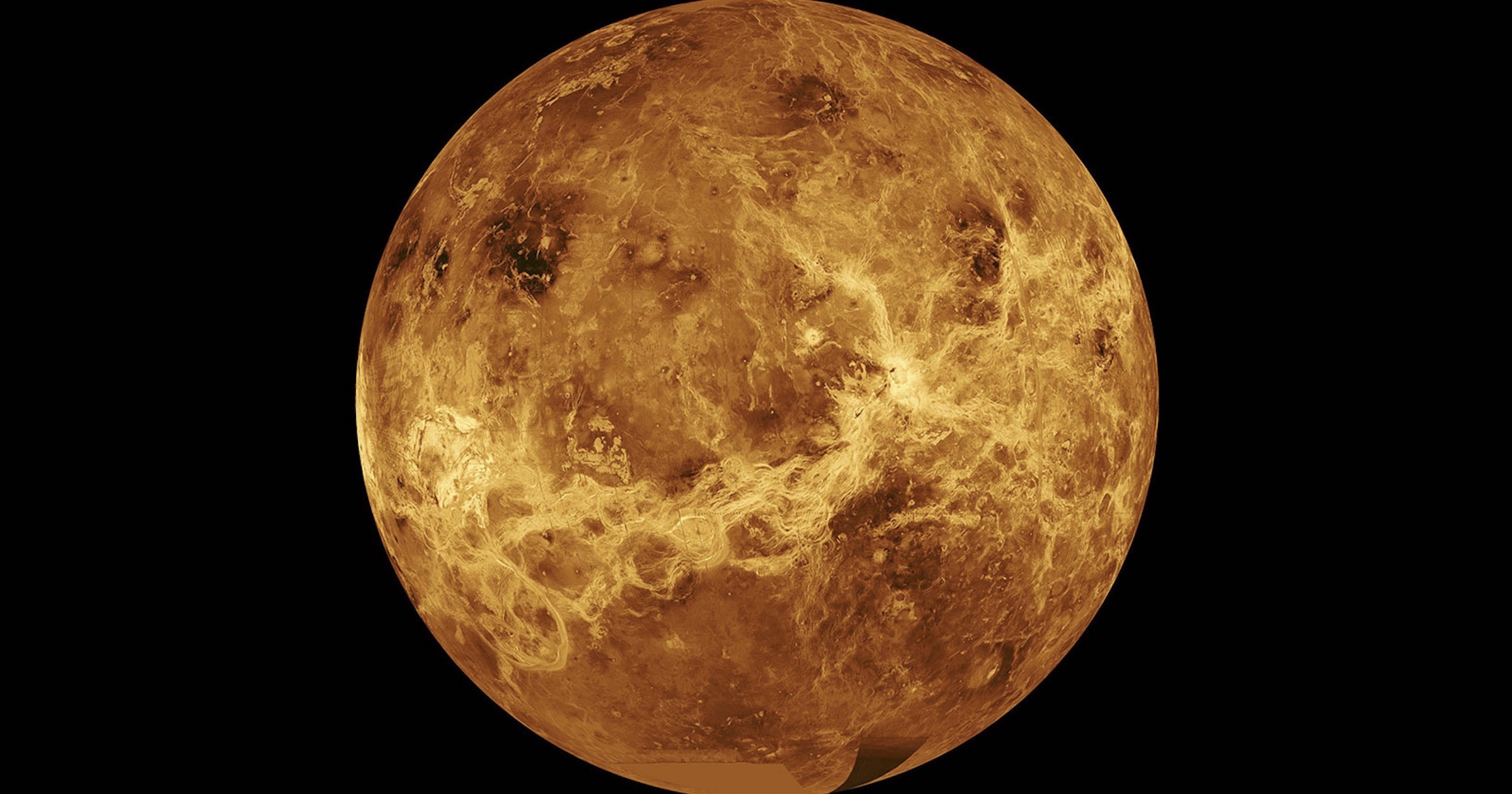 Evolution
Evolution
 Physics, Earth & Space
Physics, Earth & Space
New Analysis Casts Doubt on Claims for Life on Venus

A new study throws cold water (vapor?) on an earlier paper that suggested that aerial life forms could exist in Venus’s massive cloud cover:
Researchers from the University of Cambridge used a combination of biochemistry and atmospheric chemistry to test the ‘life in the clouds’ hypothesis, which astronomers have speculated about for decades, and found that life cannot explain the composition of the Venusian atmosphere.
Any life form in sufficient abundance is expected to leave chemical fingerprints on a planet’s atmosphere as it consumes food and expels waste. However, the Cambridge researchers found no evidence of these fingerprints on Venus.
UNIVERSITY OF CAMBRIDGE, “NO SIGNS (YET) OF LIFE ON VENUS” AT SCIENCE DAILY (JUNE 14, 2022) THE PAPER IS OPEN ACCESS.
The contention in the earlier paper was that chemicals present in Venus’s clouds are consistent with production by life forms.
Not a Biosignature
Although the authors of the study published last week, Jordan Chortle and P. B. Rimmer, say that the specifics of Venus’s atmospheric chemistry are not a biosignature (evidence of life), they stress that the atmosphere on Venus is nonetheless “strange.”
They hope that their work will assist in identifying other promising sites for extraterrestrial life:
”To understand why some planets are alive, we need to understand why other planets are dead,” said Shorttle. “If life somehow managed to sneak into the Venusian clouds, it would totally change how we search for chemical signs of life on other planets.”
“Even if ‘our’ Venus is dead, it’s possible that Venus-like planets in other systems could host life,” said Rimmer, who is also affiliated with Cambridge’s Cavendish Laboratory. “We can take what we’ve learned here and apply it to exoplanetary systems — this is just the beginning.”
UNIVERSITY OF CAMBRIDGE, “NO SIGNS (YET) OF LIFE ON VENUS” AT SCIENCE DAILY (JUNE 14, 2022) THE PAPER IS OPEN ACCESS.
They hope their method of analysis will prove a help later this year when the James Webb Space Telescope starts returning images of planets outside our solar system.
Read the rest at Mind Matters News, published by Discovery Institute’s Bradley Center for Natural and Artificial Intelligence.
